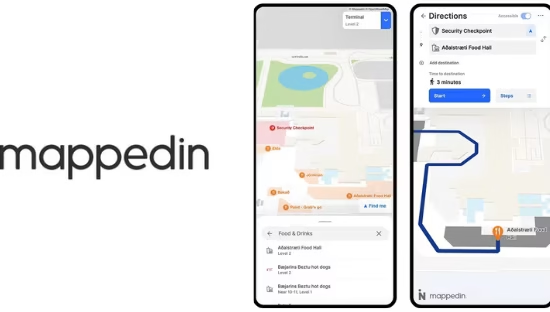
Gartner Says Worldwide GenAI Smartphone End-User Spending to Total $298 Billion by the End of 2025
The smartphone market is entering a new era, and generative artificial intelligence (GenAI) is at the heart of this transformation. After years of innovation in hardware, design, and connectivity, the next major leap for smartphones will come from integrating AI that can think, predict, and respond in ways far beyond today’s reactive assistants.
GenAI is not only reshaping how consumers interact with their devices—it is also becoming a major driver of spending, competition, and growth within the global mobile ecosystem. From creating personalized experiences to enabling real-time, multimodal AI functions directly on the device, this shift represents one of the most significant technological inflection points since the rise of the touchscreen smartphone.
Worldwide Spending Forecast
According to Gartner, by the end of 2025, global end-user spending on GenAI smartphones will reach USD 298.2 billion, making up 20% of total AI end-user expenditures.
What Defines a GenAI Smartphone
Gartner defines GenAI smartphones as devices equipped with a neural engine or neural processing unit (NPU) that can run small language models locally. This definition spans both premium smartphones and basic smartphones priced under USD 350, though it excludes utility smartphones, as they are not expected to integrate NPU technology.
Shifting User Interaction with AI
“Currently, most users still rely on text or touch for all tasks, and voice interactions remain limited in scope. However, as conversational AI becomes more natural in the future, users are expected to become more comfortable with AI as a proactive digital companion, rather than just a reactive tool,”
explained Ranjit Atwal, Senior Director Analyst at Gartner.
Spending Growth Beyond 2025
As more mobile manufacturers embed on-device GenAI models and applications, Gartner expects end-user spending on GenAI smartphones to climb to USD 393.3 billion in 2026, representing a 32% increase compared with 2025. Looking further ahead, by 2029, all premium smartphones are expected to feature GenAI functionality as standard.
Table 1: Worldwide GenAI Smartphone End-User Units and Spending, 2024-2026
| 2024 | 2025 | 2026 | |
| Total GenAI smartphone units (in thousands) | 260,433.4 | 369,347.0 | 559,000.6 |
| Total GenAI end-user spending (millions of dollars) | 244,735.1 | 298,189.5 | 393,297.7 |
Source: Gartner (September 2025)
NPU Adoption Rates
“In 2025, Gartner forecasts almost all premium GenAI smartphones will include NPUs and 41% of basic GenAI smartphones will have NPUs,”
Atwal added.
The Future of On-Device AI Performance
Looking ahead to 2027, Gartner predicts that on-device NPUs in premium GenAI smartphones will routinely exceed 40 tera-operations per second (TOPS) in performance. This leap will allow devices to execute complex multimodal AI workloads in real time, with efficiency and power management that meet consumer expectations for speed and battery life.
Conclusion
Gartner’s projection of nearly USD 300 billion in GenAI smartphone spending by 2025 places this segment at the center of mobile growth, but it also reflects a wider trend across the industry. IDC, for example, recently raised its global smartphone shipment forecast on the back of GenAI adoption, highlighting similar momentum. Qualcomm is especially well-positioned, with analysts suggesting it could capture over 80% of the GenAI smartphone chip market, while Samsung’s latest AI-powered devices signal a strong push to close the gap with Apple in premium segments. MediaTek, meanwhile, is carving out influence in emerging markets through AI-optimized chipsets like the Dimensity series.
What these players illustrate is that GenAI smartphones are not just a premium novelty but a competitive necessity. By 2027, with NPUs exceeding 40 TOPS, the benchmark will not simply be about integrating AI—it will be about delivering real, user-facing value that justifies device upgrades. The companies that succeed will be those who can transform AI from a feature into a core experience, much as the touchscreen once redefined the market.
Sandra Dragosavac
Driven by wanderlust and a passion for tech, Sandra is the creative force behind Alertify. Love for exploration and discovery is what sparked the idea for Alertify, a product that likely combines Sandra’s technological expertise with the desire to simplify or enhance travel experiences in some way.










